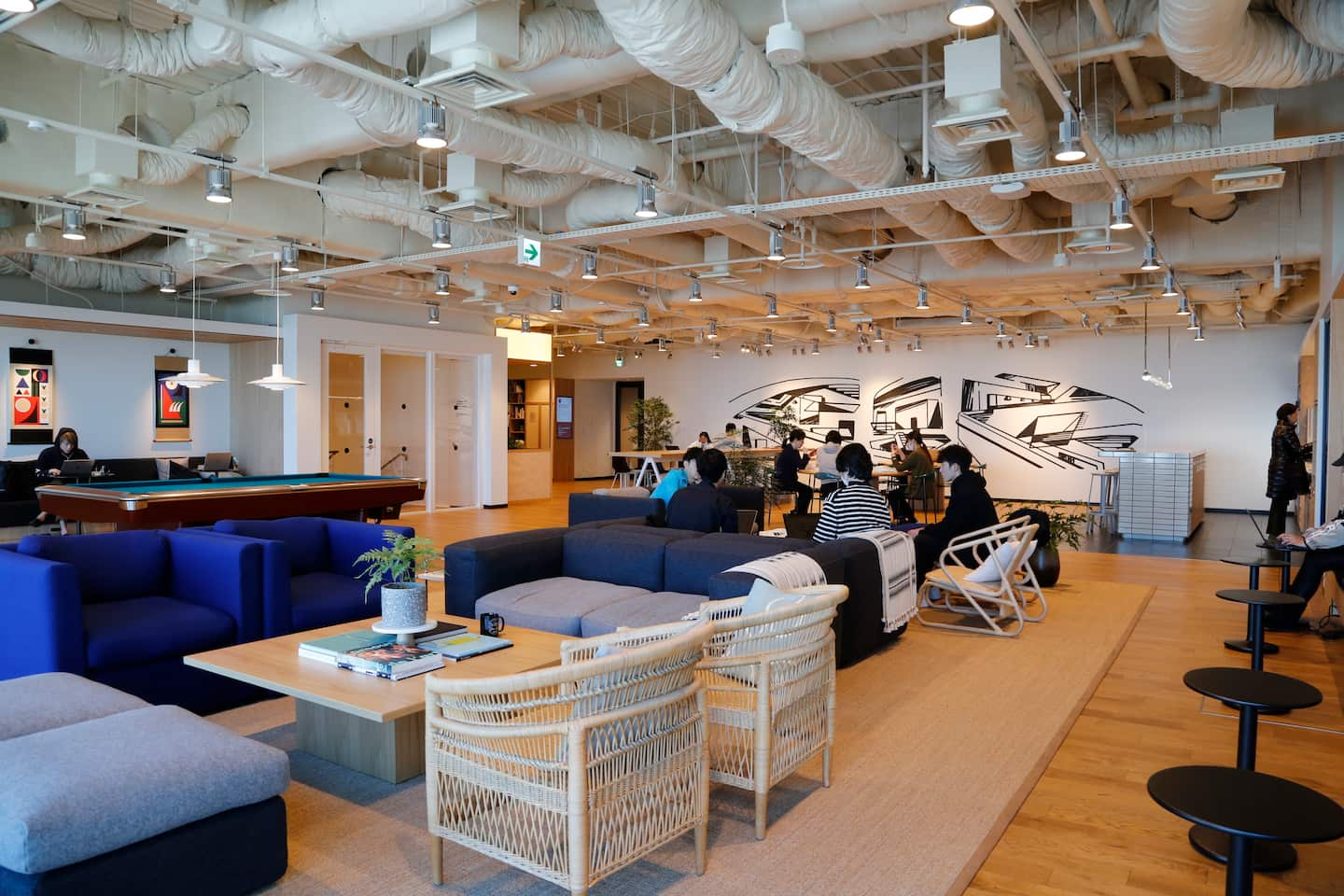WeWork proposes post-coronavirus changes to shared-office layouts

“While we don’t know for certain the long-term impact Covid-19 will have, there is no doubt that our reentry back to the workplace will require a greater emphasis on professional distancing — providing products, design and services that make us prepared for a post Covid-19 environment,” Mathrani wrote.
Even as most office workers have shifted to work from home, all U.S. and Canada WeWork locations remain open amid the pandemic, according to the company’s website, as some customers provide essential businesses or need the building’s services, chairman Marcelo Claure said in a statement. The company, whose customers include freelancers as well as smaller businesses and large corporations, has implemented a work-from home-policy for WeWork employees while also offering $100-a-day bonuses to workers who staff operations on-site.
The document reflects several likely long-term effects of the pandemic, such as an expansion in the number of people who work from home; an expected reduction of office space needs for a crippled economy; and greater health concerns about inhabiting shared workspaces.
WeWork is coming off a troubled year that included a failed initial public offering. The company said March 26 that it does not expect to hit its financial targets for 2020. It has not paid April rent in some locations, company spokeswoman Nicole Sizemore confirmed following media reports.
“Rather than implementing a companywide policy on rent payments, we are individually reaching out to our more than 600 global landlord partners to work in good faith toward finding asset-specific solutions that benefit all parties involved,” the company said in an emailed statement.
The proposals, shared in the email and a new white paper titled “Navigating the future of the workplace,” include cutting meeting room capacity in half, adding wipe dispensers in common areas and incorporating “buffer seating” allows for six feet of distance between workers. The company also proposes adding signage about hand-washing and social distancing and “creating ‘one way’ primary circulation paths to avoid bottlenecks in hallways.”
The document, which was directed primarily at real estate brokers, suggests that “by adjusting common area layouts and supplementing with additional large suites at WeWork offices, your clients can move around and flexibly increase footprint (and distance-appropriate-seat-count) for when workers return.”
Sizemore said the email was a “first step” in a conversation about the future workplace that includes experts in design, construction, health and safety. WeWork locations were “designed to be a dense space and to foster collaboration and connection,” Sizemore said. “What does that look like when we all come back?”






